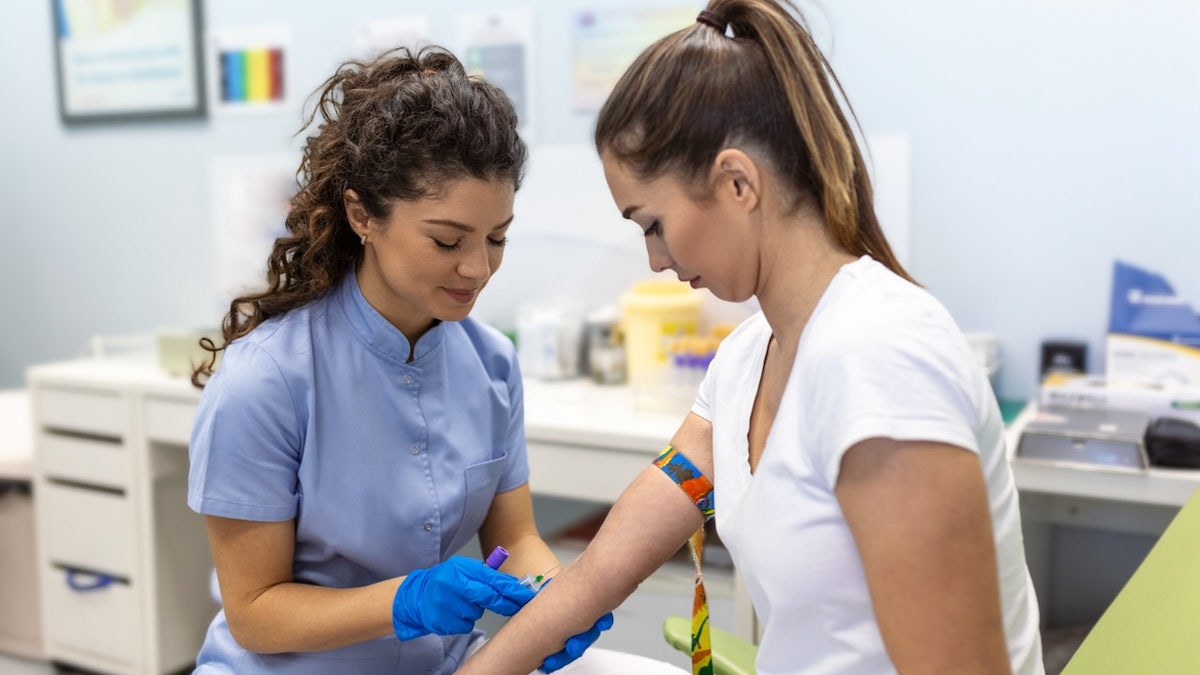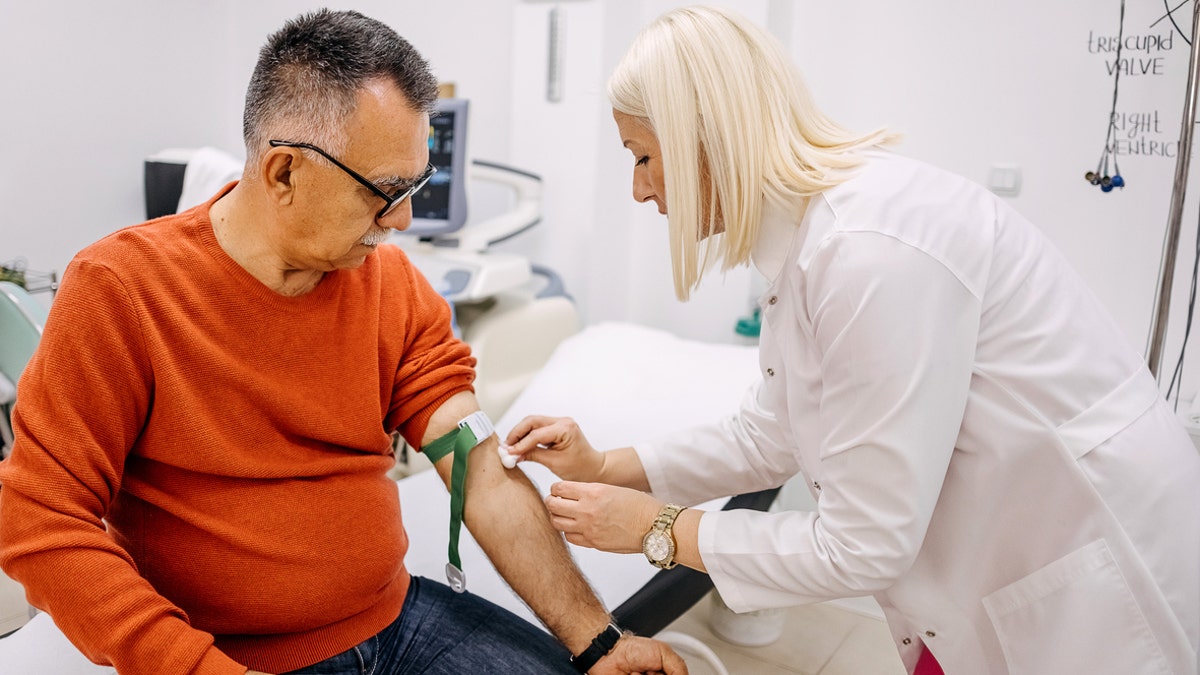Blood tests are a common and crucial part of routine medical care. From identifying vitamin deficiencies to assessing organ function and detecting potential diseases, these tests offer valuable insights into our overall health. This guide provides a detailed overview of blood tests, covering everything from their purpose to what to expect during and before the procedure.
Why Are Blood Tests Conducted?
Physicians typically order blood tests for three primary reasons: screening, diagnosis, and monitoring. Screening tests are preventative, often based on age and risk factors, and help detect potential issues early. Diagnostic tests, on the other hand, are used to identify the cause of specific symptoms. Finally, monitoring tests track the effectiveness of treatments and monitor for any adverse reactions.

Blood tests can reveal a wealth of information about your health, from vitamin levels to organ function. (iStock)
The Blood Draw Process
A trained technician will guide you through the blood draw process. They'll start by confirming your identity and placing a tourniquet around your upper arm to make your veins more visible. After cleaning the area, a needle will be inserted to collect blood samples. Multiple vials may be necessary depending on the tests required. Once the process is complete, the technician will apply pressure to the puncture site and label the vials for analysis.

The blood draw process is typically quick and minimally discomforting. (iStock)
Preparing for Your Blood Test
If you're feeling anxious about your blood test, discussing your concerns with your doctor can be helpful. They can explain the procedure and address any questions you may have. Clear communication about expected results and follow-up procedures can also ease anxiety.

Open communication with your healthcare provider is key to a positive experience. (iStock)
Certain blood tests require fasting, typically for 8-12 hours beforehand. If fasting is necessary, your doctor will inform you. It's often convenient to schedule early morning appointments to minimize disruption to your daily routine. If fasting isn't required, it's advisable to eat and drink something before the test to prevent lightheadedness.

Staying hydrated is essential, especially if fasting is required. (iStock)
Tips for a Smooth Experience
Wearing layered clothing allows for easy access to your arm while keeping you comfortable. Planning your transportation and bringing necessary identification and insurance information can also reduce stress. If fasting, bring a snack and drink to enjoy afterward. And if you're particularly nervous, bringing a friend or family member for support, or listening to music, can be helpful distractions.

Blood tests are generally quick and painless. (iStock)
Blood tests are a vital component of healthcare. By understanding the process and preparing accordingly, you can make the experience more comfortable and productive.








